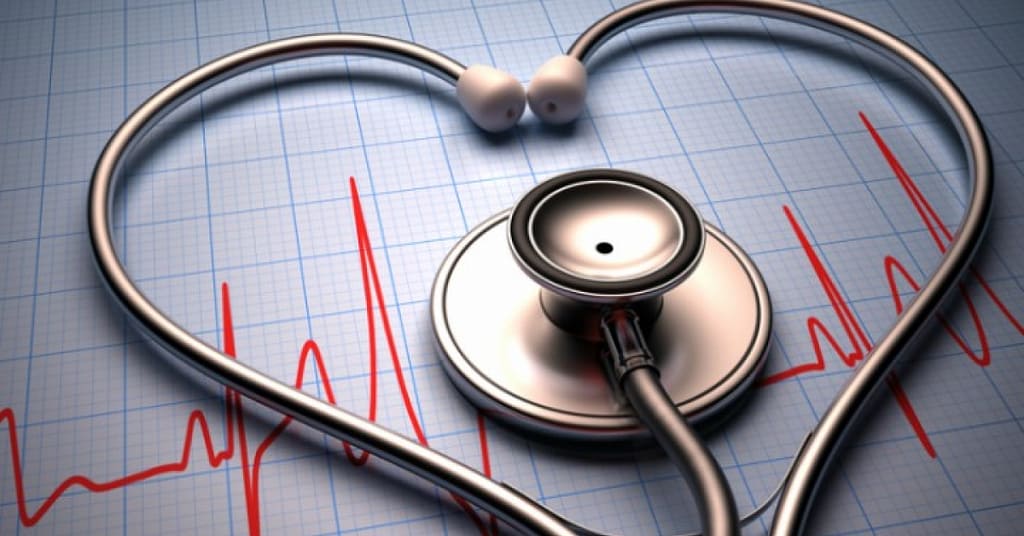(Carrick Pharmacy News) Dec. 5 through 11 is National Handwashing Awareness Week — the perfect time to remind everyone that keeping your hands clean is one of the most important ways to stay healthy.
Proper hand hygiene can help reduce the following:
- The number of young children who get sick
- The number of people who get sick with diarrhea by about 23 to 40 percent
- Diarrheal illness in those with weakened immune systems by about 58 percent
- Respiratory illnesses like colds in the general population by about 16 to 21 percent
During National Handwashing Awareness Week and on a daily basis, you can take steps to avoid getting sick and spreading germs to others. These steps include the following:
1) Wash Frequently
Wash your hands frequently with soap and water OR an alcohol-based hand sanitizer. It’s particularly important to wash your hands at key times, such as after using the bathroom or before preparing and eating food.
Important times to wash your hands include the following:
- Before preparing and eating food
- Before touching your eyes, nose or mouth
- Before and after changing wound dressings or bandages
- After using the bathroom
- After blowing your nose, coughing or sneezing
2) Use the Right Stuff
The Centers for Disease Control and Prevention (CDC) recommends that people wash their hands with soap and water. In most situations, this is the best way to reduce the amounts of all types of germs.
If soap and water are not available, the CDC recommends using an alcohol-based hand sanitizer that contains at least 60 percent alcohol.
The 60 percent alcohol concentration is key because several studies have shown that hand sanitizers with a lower alcohol concentration or non-alcohol-based hand sanitizers simply do not do the trick. Hand sanitizers with an alcohol concentration between 60 and 95 percent are more effective at killing germs.
It’s important to note that hand sanitizers may not be as effective:
- When hands are visibly dirty or greasy
- At eliminating all types of germs (In the case of certain germs like Cryptosporidium, norovirus and Clostridium difficile, washing with soap and water is more effective.)
- At removing harmful chemicals, such as pesticides and heavy metals, from your hands
Furthermore, there is a risk that people may not use enough hand sanitizer or may wipe it off before it has dried and become the most effective.
3) Do It Right
A) Soap and water
Washing your hands often is only part of the puzzle — proper hand-washing is key. When washing your hands with soap and water, take the following steps:
- Wet your hands with clean, running water. Use liquid soap if possible. Apply a nickel- or quarter-sized amount of soap to your hands.
- Rub your hands together until the soap forms a lather, and then scrub the backs of your hands. Make sure to get in between your fingers and the areas around and under the fingernails.
- Scrub your hands for at least 20 seconds.
- Rinse your hands well under clean, running water.
- Dry your hands with a clean paper towel if possible.
- Use a paper towel to turn off the faucet and open the door.
B) Alcohol-based hand sanitizer
- Apply the product to the palm of one hand and rub the product all over the surfaces of your hands until your hands are dry.
- Always read the label to learn the correct amount to apply.
Ask your healthcare provider any questions you have about how to avoid getting sick.


